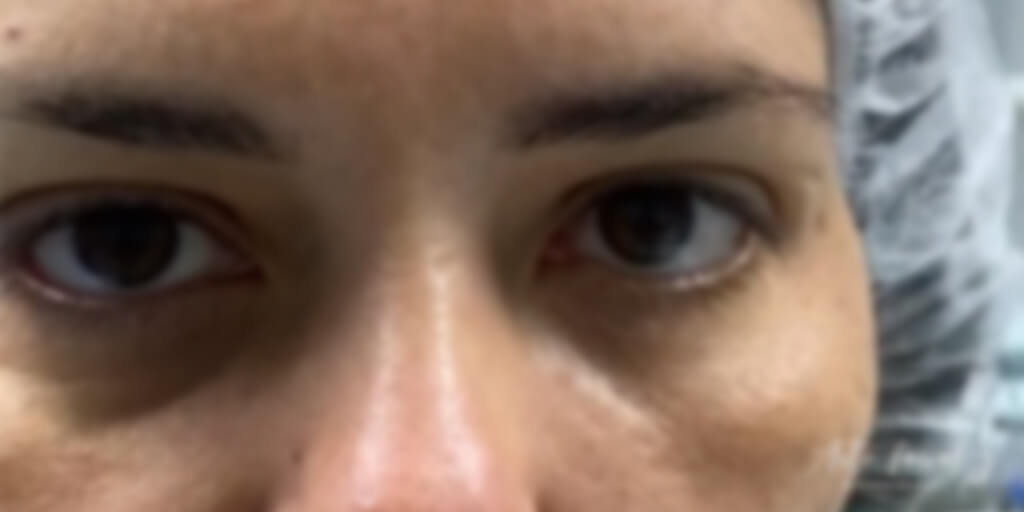Facial paralysis causes severe weakening of the muscles on the affected side of the face. Among other functions, these muscles are essential for blinking, smiling, and chewing food. The most common ocular sequelae of facial palsy are lagophthalmos and brow ptosis.
Lagophthalmos is a medical term used to describe the inability of the patient to close the eyelids completely, leading to exposure of the cornea. It must be treated quickly to prevent corneal ulceration, infections, and perforation of the eye. Treatment is surgical, by implanting a gold weight of a predetermined size in the upper eyelid. It is a safe and effective operation. Patients undergoing gold weight implantation will be able to close the eye adequately after the operation.
Another sequela is the descent of the eyebrow. Patients with brow ptosis usually complain of decreased vision on the side of the palsy. This is caused by obstruction of the patient’s visual field by the ptotic brow. It is treated by surgically raising the brow with a direct browplasty operation. The procedure is done under local anesthesia. The surgeon removes a strip of skin above the brow and closes the defect with sutures, automatically raising the tail of the brow. The result is noticed by the patient immediately after surgery.












 |
|